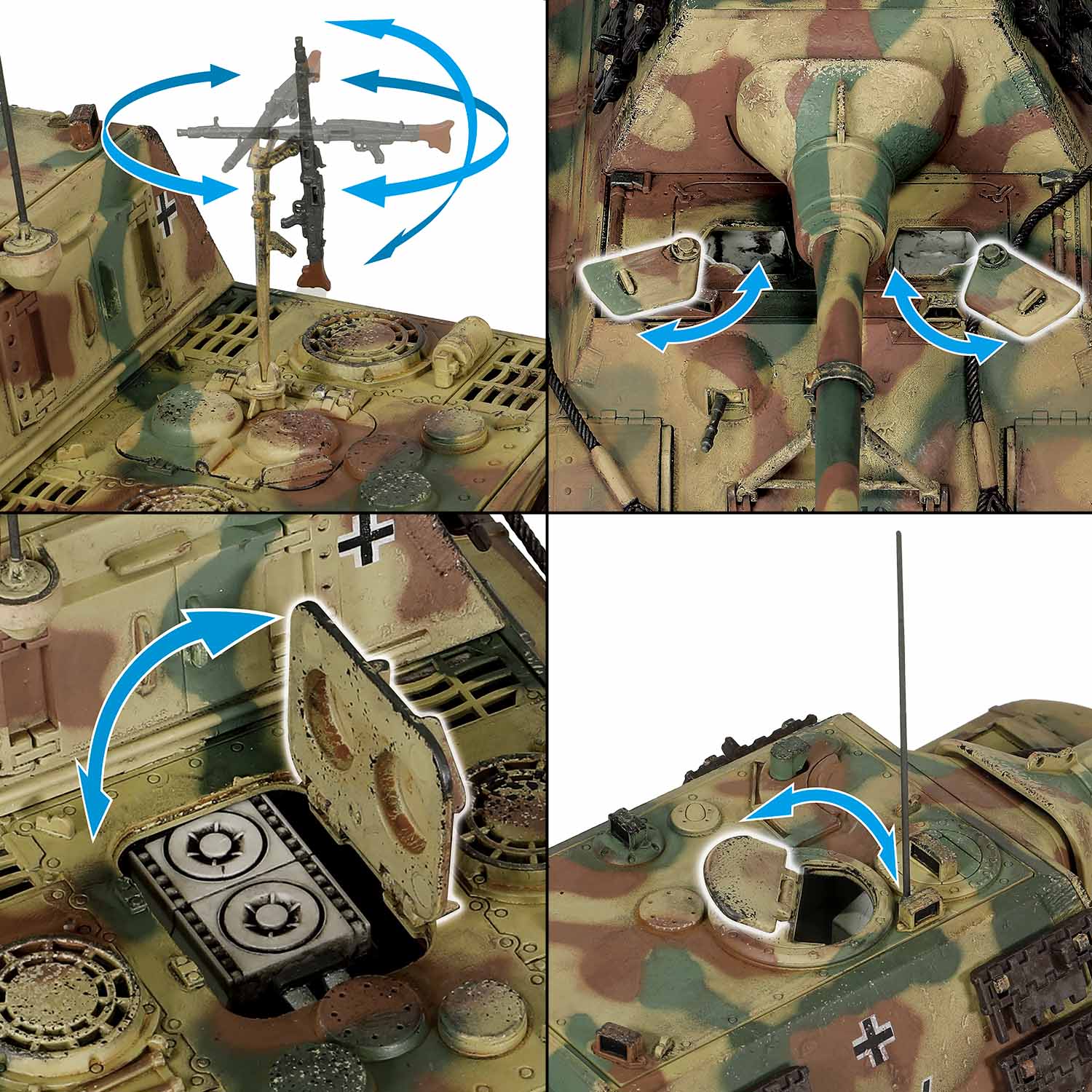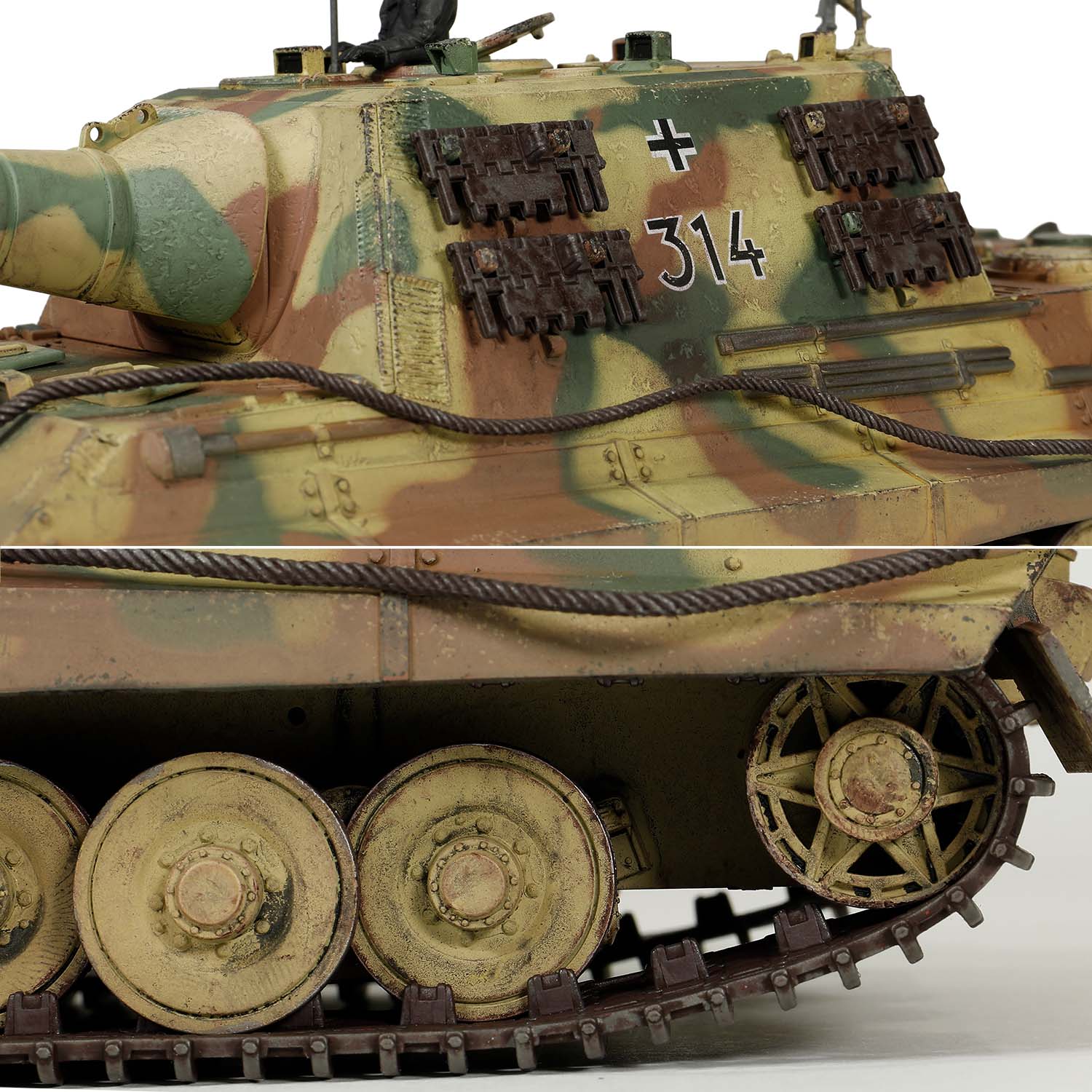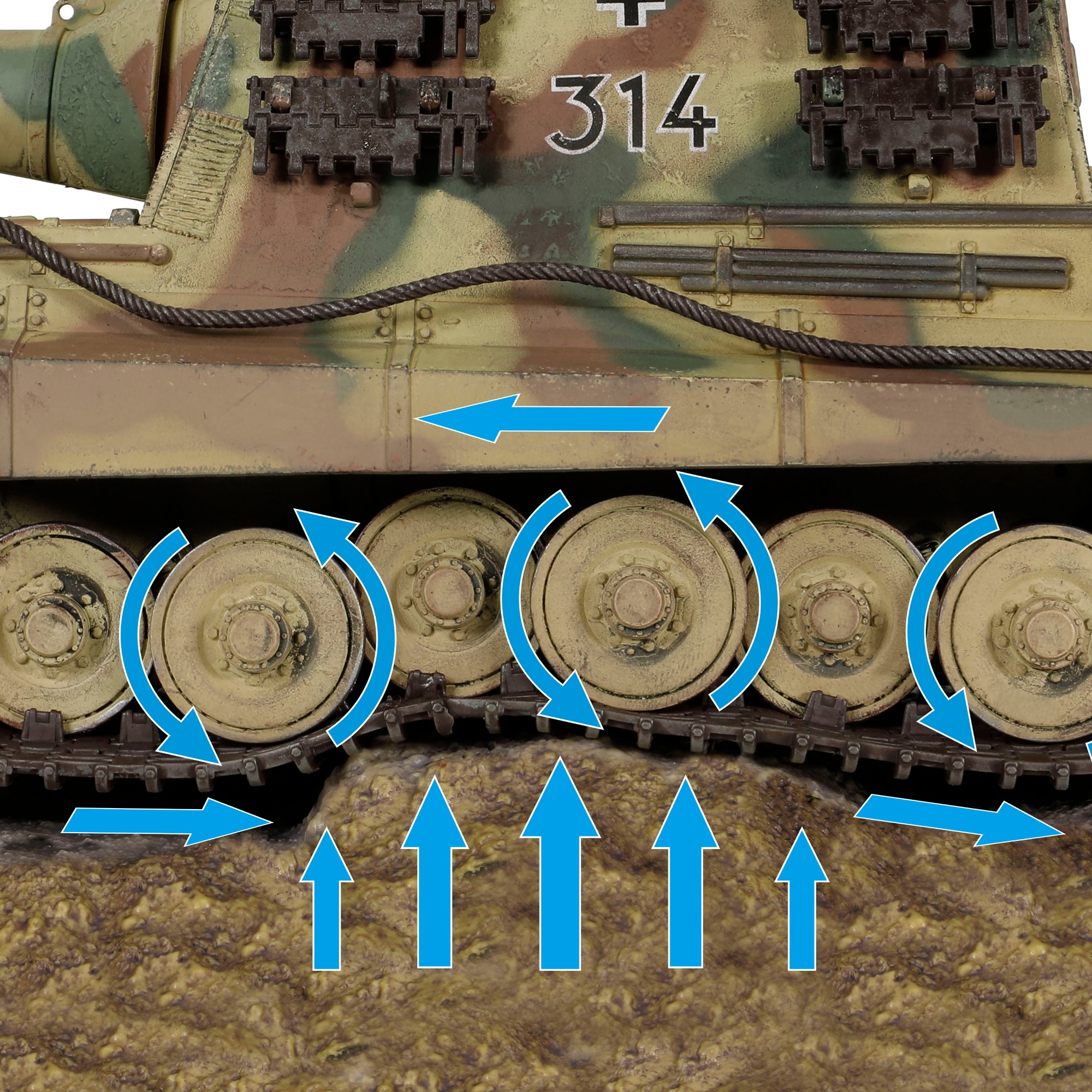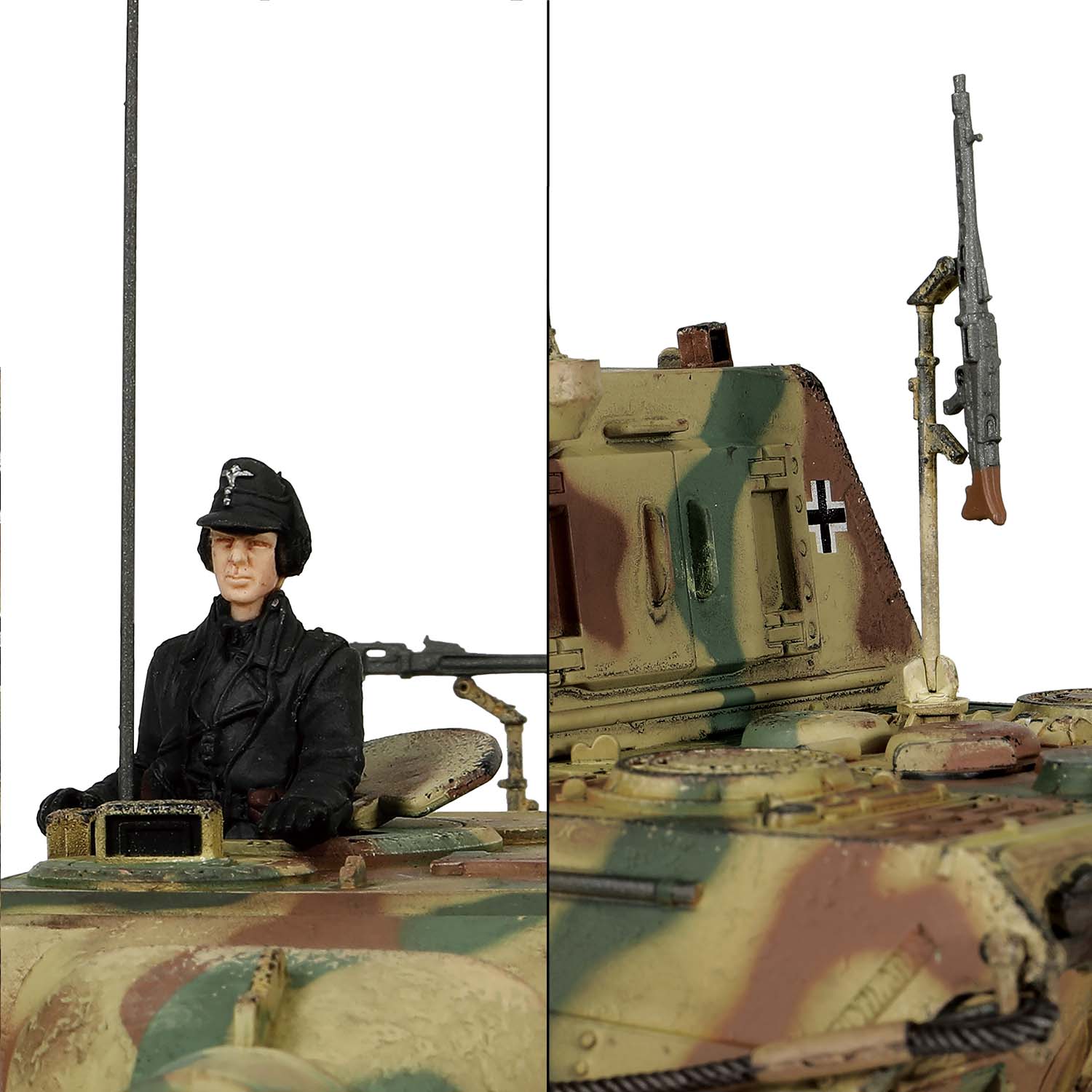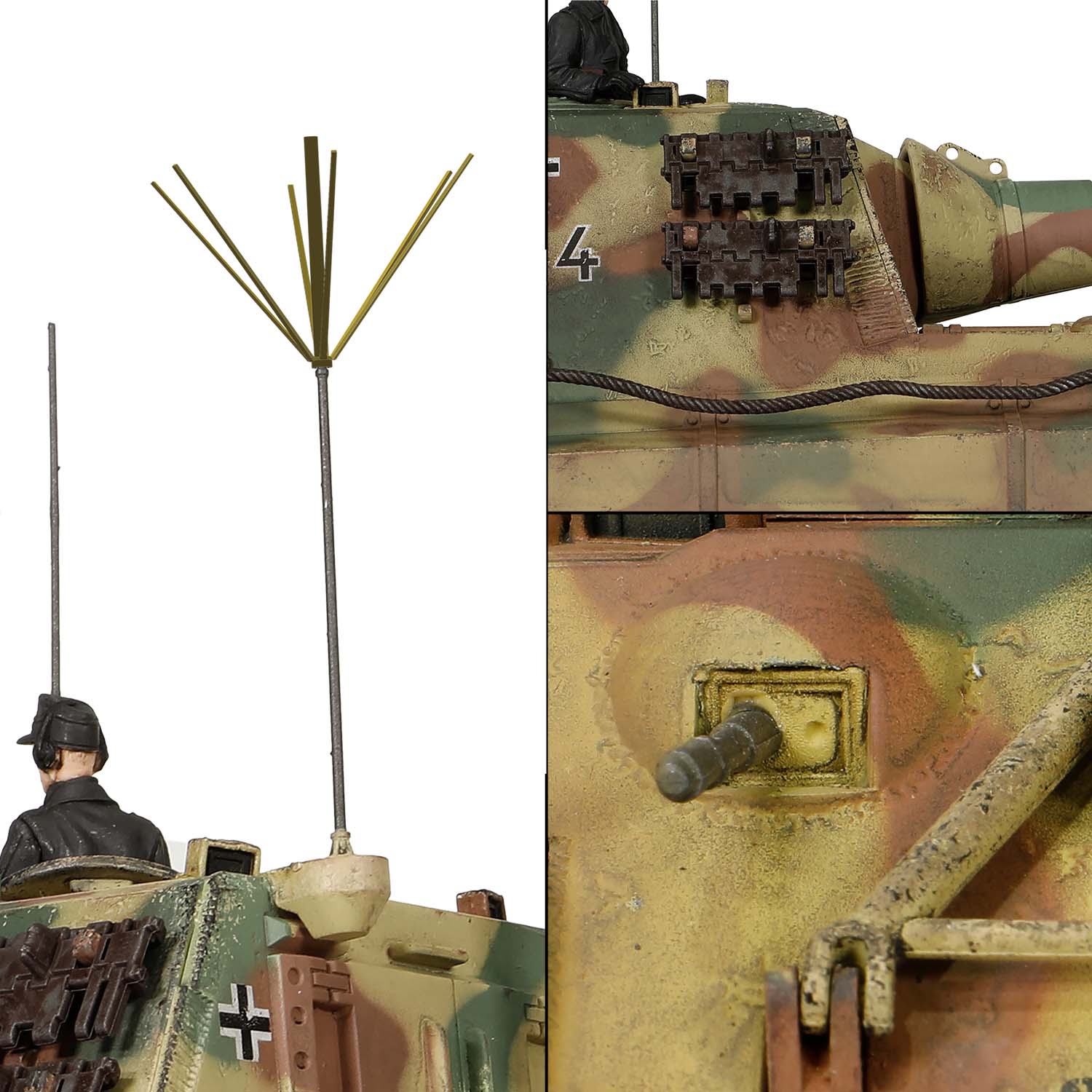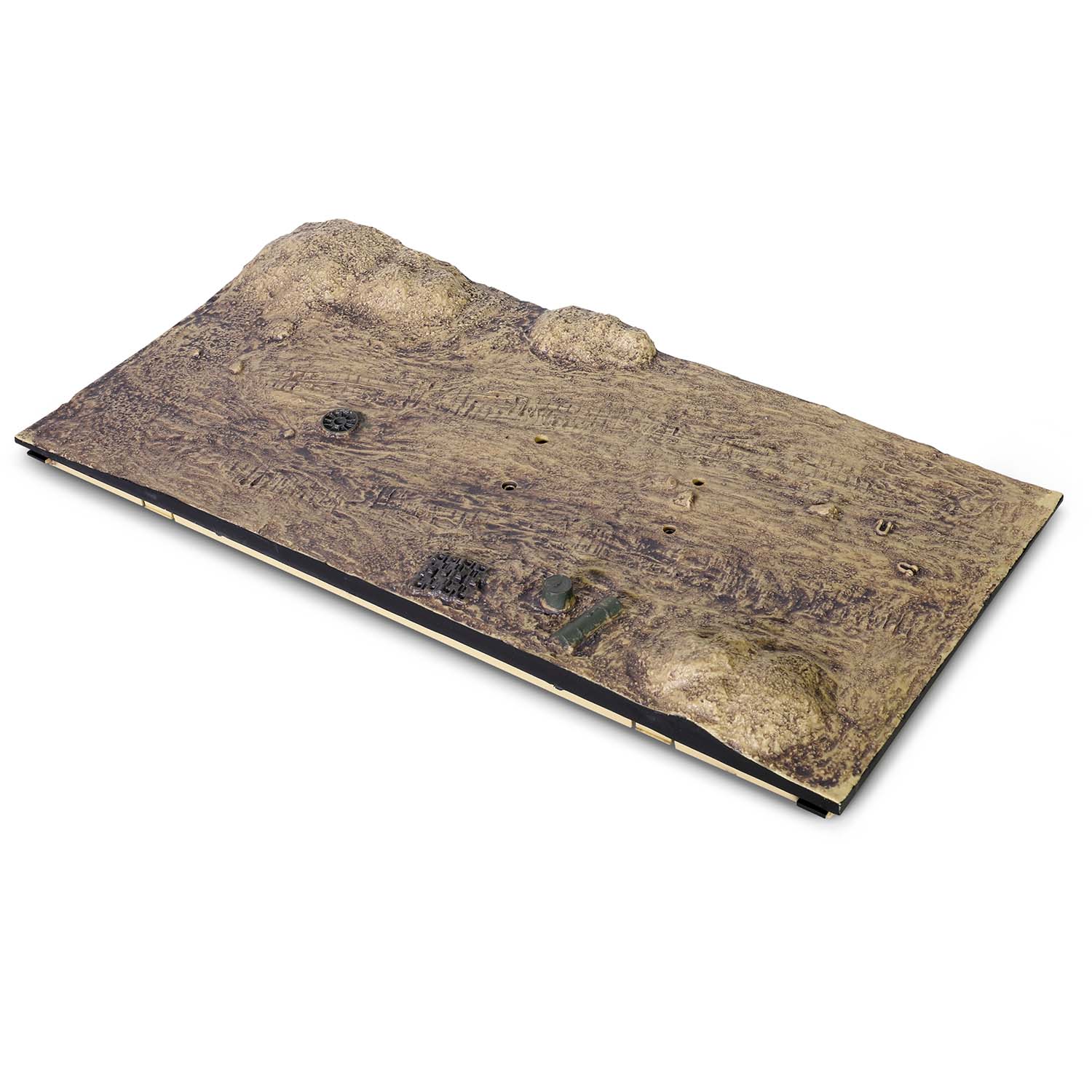The Jagdpanther (German: Jagdpanther), a tank destroyer developed by Nazi Germany during World War II based on the Panther (Panzer V) tank chassis, is regarded by many historians as the finest tank destroyer of the war.
The Jagdtiger tank destroyer weighed up to 60 tons. For armored vehicles in this weight class, German tank designers typically relied on torsion bar suspension systems due to their exceptional load-bearing capacity. These systems featured multiple torsion bars arranged in parallel from the front to the rear of the vehicle. However, a major drawback was their excessive space consumption. Inside a tank's thick armor, space was needed for crew supplies, ammunition storage, and equipment - leaving little room to spare. The torsion bar suspension further reduced the remaining usable interior space.
Many mechanical engineers attempted various optimizations of the torsion bar design. However, it was the unconventional Austrian-born genius Dr. Ferdinand Porsche who revolutionized traditional suspension concepts. He developed a new suspension system mounted externally along the sides of the hull, eliminating the need for intrusive internal structural components. This design not only simplified maintenance but also reduced the overall weight of the suspension system compared to traditional torsion bars, while also lowering production costs.
Dr. Porsche retained the core mechanical principles of torsion bars but reimagined their layout with greater sophistication. He employed tapered gear arrangements to replicate the mechanical behavior of torsion bars. Although Porsche's suspension system was never widely adopted, its innovative engineering remains a testament to his brilliance and deserves lasting admiration.



































